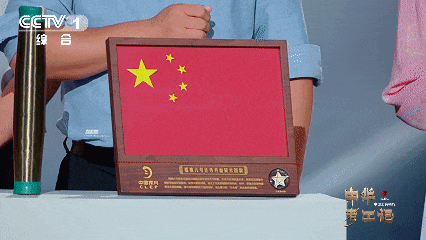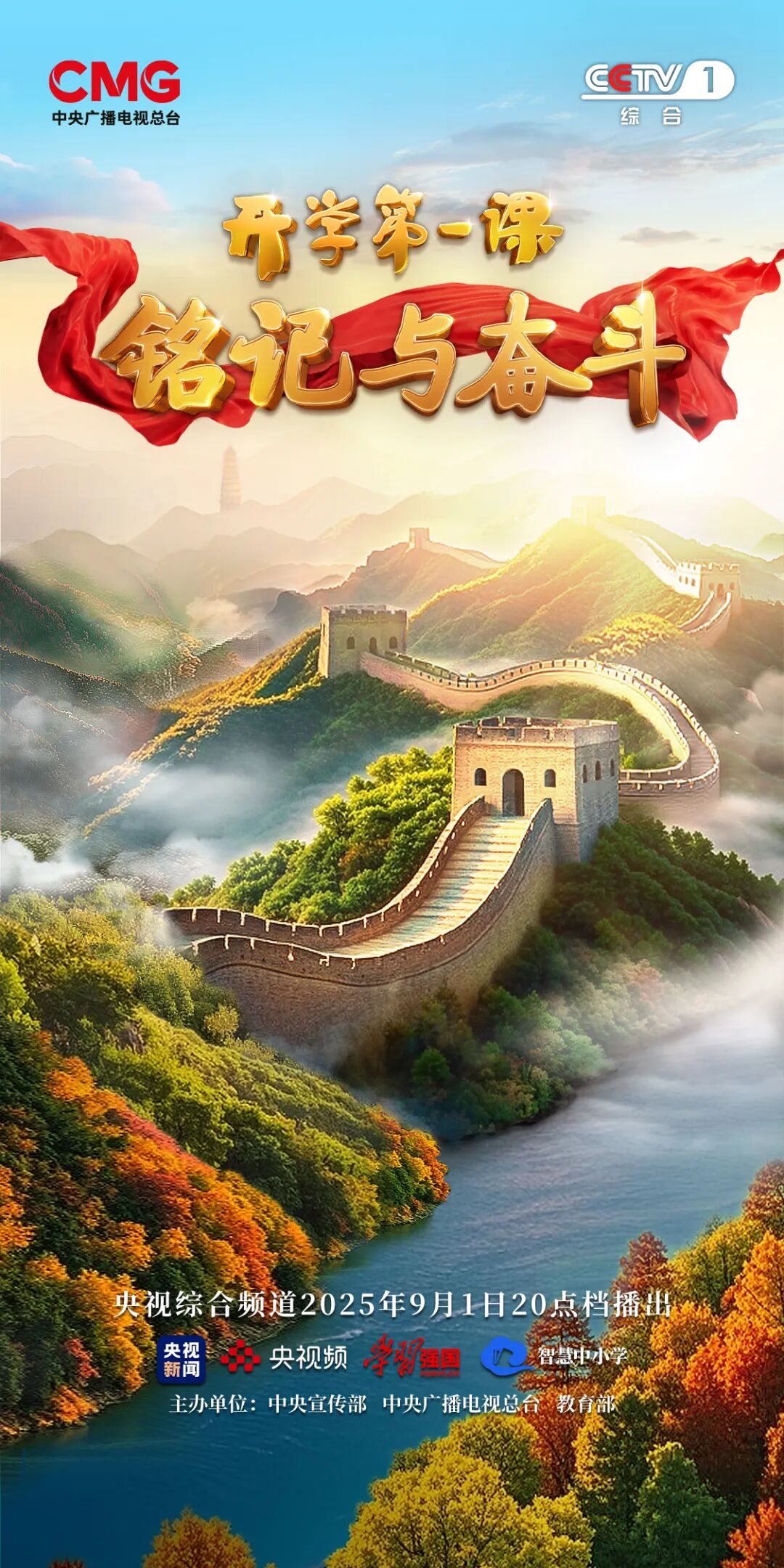
More than 2,500 years ago, pre-Qin craftsmen gazed at molten copper and tin, writing "There are six kinds of metal" in the *Kaogongji* (Record of Trades), thus forging the solemnity of bronze ritual vessels and the sharpness of weapons. Time has passed, but the spirit of craftsmanship remains constant. From the ancient philosophy of "examining the curves and shapes to refine the five materials" to the continuous emergence of new materials such as ultra-pure iron, perovskite, and carbon fiber, China's materials industry is growing rapidly from its millennia-old foundation, moving towards a new technological frontier.

"The Chinese Craftsmanship Chronicle," the first industrial culture program jointly produced by China Media Group and the Ministry of Industry and Information Technology, will launch its new materials episode on CCTV-1 at 8:00 PM on November 2nd, with a live online premiere on CCTV Video.
The Wisdom of Five Elements: From "Assessing the Shape and Form" to "Masterful Skill"
When our ancestors “examined the shape and form of things to refine the five materials”—metallurgy for tools, leather for leather, jade for gifts, clay for pottery, and wood for carts—this philosophy of creation that respects the properties of materials has been passed down from generation to generation.

This episode vividly recreates the scene of bronze smelting in the pre-Qin period through the audio-visual performance "Kao Gong: Jin You Liu Qi". The craftsmen precisely grasped the timing of adding tin - when the furnace was "perfectly fired", they used a precise ratio of copper and tin to cast the solemnity of bells and tripods, the sharpness of axes and hatchets, the toughness of weapons, the power of large blades, the sharpness of arrows, and the luster of mirrors - different objects, different materials, and functions are closely related to the ratio.

The relentless pursuit of the finest materials has given rise to countless legends: from the precise tuning of the Zeng Hou Yi chime bells to the millennia-old rust-free sword of King Goujian of Yue, and the technological innovation of Qi Wu Huaiwen's "casting steel method." The creative philosophy advocated in the *Kaogongji* (Record of Trades) has been continuously inherited and developed throughout history. Even today, Chinese scientists, building on past achievements, continue the pursuit of ultimate material beauty with contemporary technology.
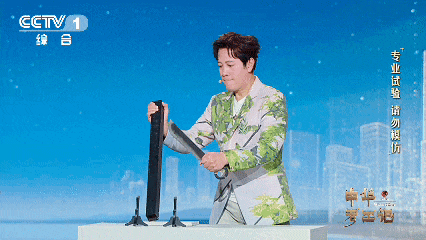
Making the most of its properties: ultimate purity and a hundred-meter rainbow
In the field of high-end metallic materials, improving purity is a key technological path. Every ten-thousandth of a percent increase signifies a leap in performance. my country's independently developed "ultra-pure iron" boasts a purity of 99.9992%, with impurities comprising only eight parts per million. This extreme purity endows it with exceptional resistance to atmospheric corrosion; samples stored in the laboratory for a year remain "as bright as new." Currently, this material is gradually being applied in the manufacture of core components such as aero-engine main shafts and high-speed train bearings.

China's relentless pursuit of the highest quality materials is also reflected in its extensive railway tracks. From the first ten-meter steel rail at the Hanyang Ironworks to the "384" rail of the Chengdu-Chongqing Railway in the new China, and now to the single-rail high-speed rails that are hundreds of meters long, China's steel rails have achieved a leap from "taking their first steps" to "a rainbow soaring across the land."
At Ansteel, the modern steel plant can produce a 100-meter rail in just seven minutes, which is then welded into a seamless track thousands of meters long using advanced technology. This smooth, durable, and quiet "Chinese runway" is the most solid foundation for China's high-speed rail to "steadily" achieve world-class speeds.
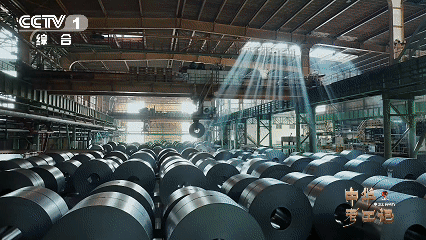
Breaking Boundaries: New Materials Driving Industrial Transformation and Future Exploration
Graphene, hailed as a "miracle material," has quietly integrated into daily life and production: from heated clothing to new energy vehicle batteries, it breaks the "impossible triangle" of materials with its extreme structure, achieving a high degree of unity between thinness, strength, and multifunctionality, and demonstrating its potential for all-around applications.

Carbon fiber has also achieved a leap from being "high-end" to "accessible." With breakthroughs in domestic large-scale production technology, it serves not only as the "backbone" of major national projects such as large aircraft and spacecraft, but also as a "lightweighting agent" for civilian products such as sports equipment and rail transportation. In the program, T1100 carbon fiber successfully challenged the task of pulling a 46-ton counterweight, which is even heavier than the C919 domestically produced large passenger aircraft, which is truly amazing.
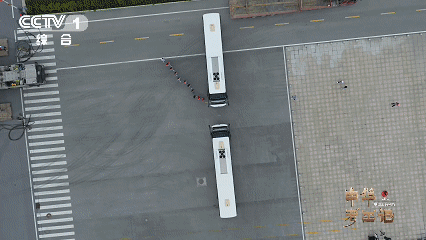
The lunar flag, woven from basalt fiber, landed on the far side of the moon with Chang'e 6 and remained "as vibrant" despite extreme temperature differences and strong radiation. Basalt fiber, with its excellent temperature resistance and radiation resistance, also provides a reliable new option for special protective clothing.
